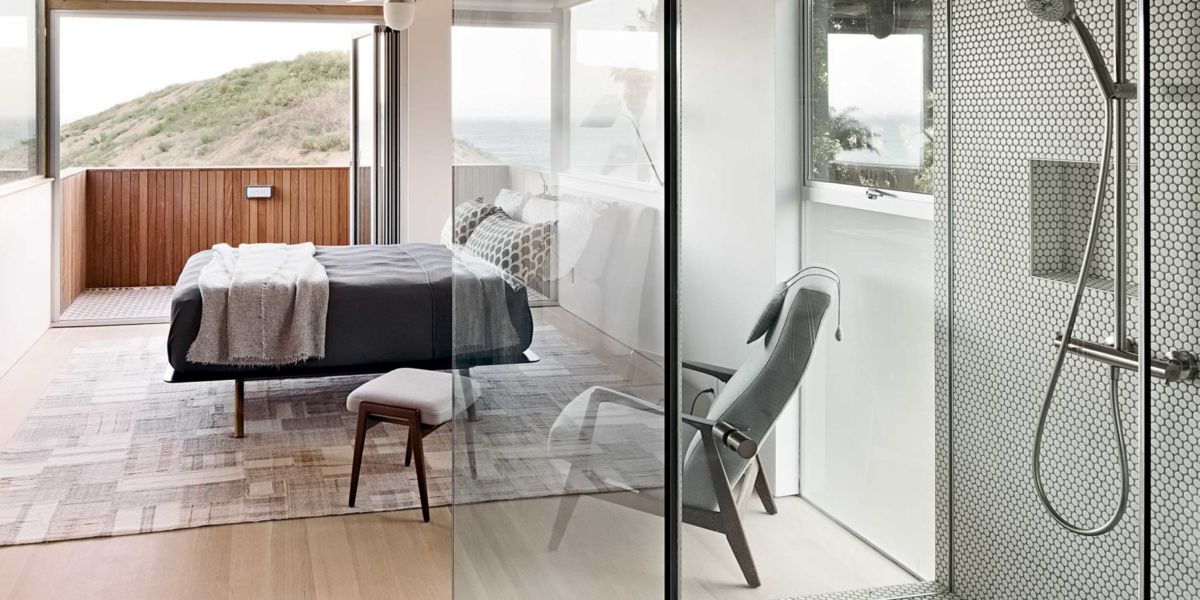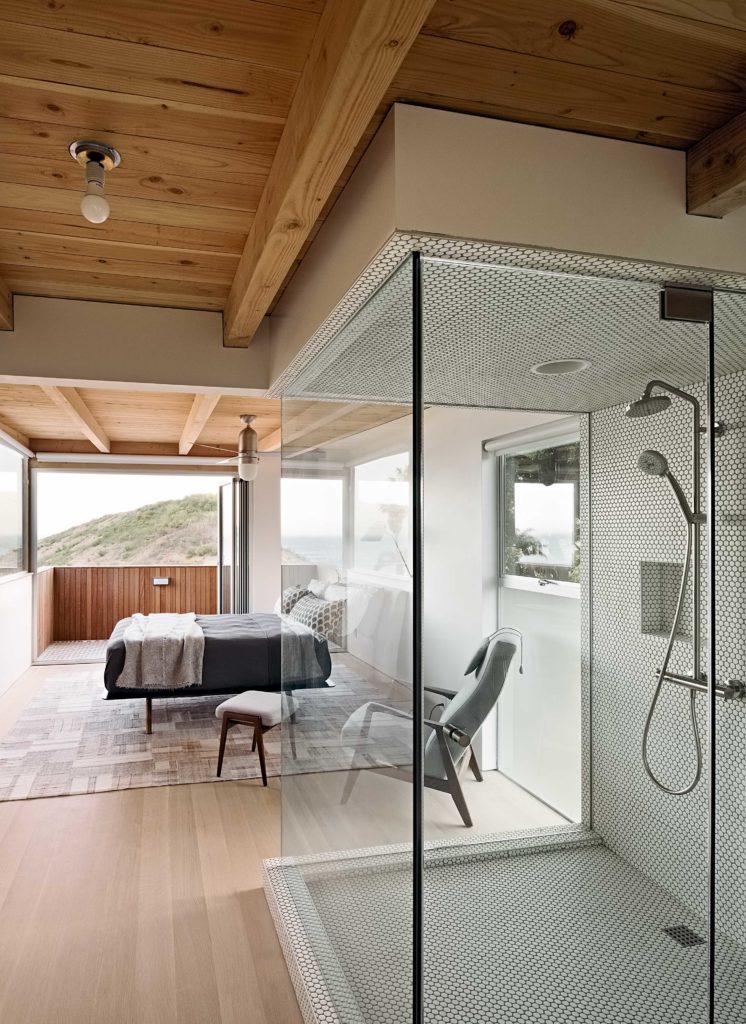
A Down-to-the-Studs, Beginner’s Guide to Renovating Your Dream House
The daunting process of gutting and rebuilding your home just got a little less terrifying.

Joe Fletcher
In this first installment of a new series, The Idea House Workbook, we take you step-by-step through the process of a home renovation.
There’s a reason why “turn-key” is a favorite phrase in real estate. Who doesn’t want to buy a home that’s move-in ready, with perfect fixtures and a spa bath, avoiding the mess and expense of living with plaster dust and table saws for months on end? Then you see the asking price, and realize that a fixer-upper, a well-loved house that needs an update, or the home that you own now (with a swank new kitchen) is the more realistic option.
If you’re lucky enough to own a home in the West, chances are you will live through at least one remodel. And the first one is always a doozy. Here, we break down a step-by-step plan, a blueprint of sorts, mapping out which decisions need to be made when to ensure a process as smooth as a new stone countertop.
In the Beginning, There Was Pinterest
“These days, the process always starts with an inspiration board,” says Los Angeles-based interior designer Sienna Oosterhouse. Whether you work with a decorator or not, Pinterest is the platform of choice for collecting and sharing ideas with an architect, contractor, or builder. “You start with the dream version of the house you want.” Once you find the team you want to work with, whether that’s through word-of-mouth, a recommendation from a neighbor, or a search through a site like Houzz or Sweeten, this board is essential to communicate your vision. “When you determine your budget, that vision is going to change. There is a lot of back and forth between the contractor and the client. But I always say that you have to have a plan, and a budget, in place before you start to demo the house. There are so many decisions that need to be made early on. And it can take months to get building permits.”

Joe Fletcher
After you secure your permits, don’t let the sledgehammers fly until you make a few critical decisions. Bear in mind that no two projects are alike, and the time frame varies widely. If you’re remodeling a bathroom, it could take a month. A whole house renovation could take a year—or longer. One bit of advice from Oosterhouse for anyone in a hurry: “When you’re hiring a builder, ask them how many crews they work with, and how big they are. If they only have one team to do the work, they will probably be moving between multiple projects, and it will take longer for them to finish.” The order of business is, roughly, as follows.
Number 1: Decide on Doors and Windows
“Doors and windows are often custom-made, and even if they’re not they require a long lead time to order,” says Jeanette Tang, director of operations and interior design at Burdge & Associates, our partner for the remodel of the Sunset Beach House. “It’s better to have the materials you need on hand before you need them. The last thing you want is a project to be delayed because you’re waiting for the delivery guy.”
Number 2: Choose Your Appliances and Plumbing Fixtures
“Very early on in the process, you need to know what kind of stove you want, and which plumbing fixtures you’re into for your kitchen and bathrooms,” says Tang. “When the rooms are in the framing stages, you need to know what kind of electrical wiring and rough valves for plumbing are going to be installed. So many people are surprised that these are among the first decisions you’ll make, but it’s true.”
Number 3: Figure out Where the Cabinets Will Go
“I like to have all of the drawings for custom cabinetry in place at this stage,” Oosterhouse says. “The contractor and all of the subcontractors need to know where everything is going to go so the house can be wired and plumbed correctly.” Tang agrees. “This is when I like to start drawing interior elevations, where the cabinetry will go, right after the layout is finished.” Even if you order pre-built cabinetry, it’s good to give yourself time to collect materials and make adjustments.
Number 4: Select Your Hard Materials
“Tile, countertops, wood floors, all of your hard surfaces should be selected now,” Tang says. “Again, it’s better to have things in storage ready to go than be delayed later when a custom tile order takes weeks longer than you thought it would.” On the construction site, when Tang is making these decisions, the doors and windows are usually installed, and they’re running electrical through the house before dry wall.
Number 5: Start Thinking about the Fun Stuff
“Now, we can start selecting interior paint colors, cabinet and doorknobs, light fixtures, and all of the accessories,” says Tang, who likes to buy paint samples and put the walls in large swatches to see how the colors change with the light before they make any decisions. The final paint job is still likely weeks away, but it’s good to settle on these decisions before you move on to interior design.
Number 6: Watch It All Come Together
“After all of these decisions are made, it’s really just about overseeing the progress,” says Tang, who notes that it’s important to have someone monitoring the work—whether that’s an interior designer, a general contractor, or you—to make sure it’s all going as planned. “Something will come up. It always does.”
